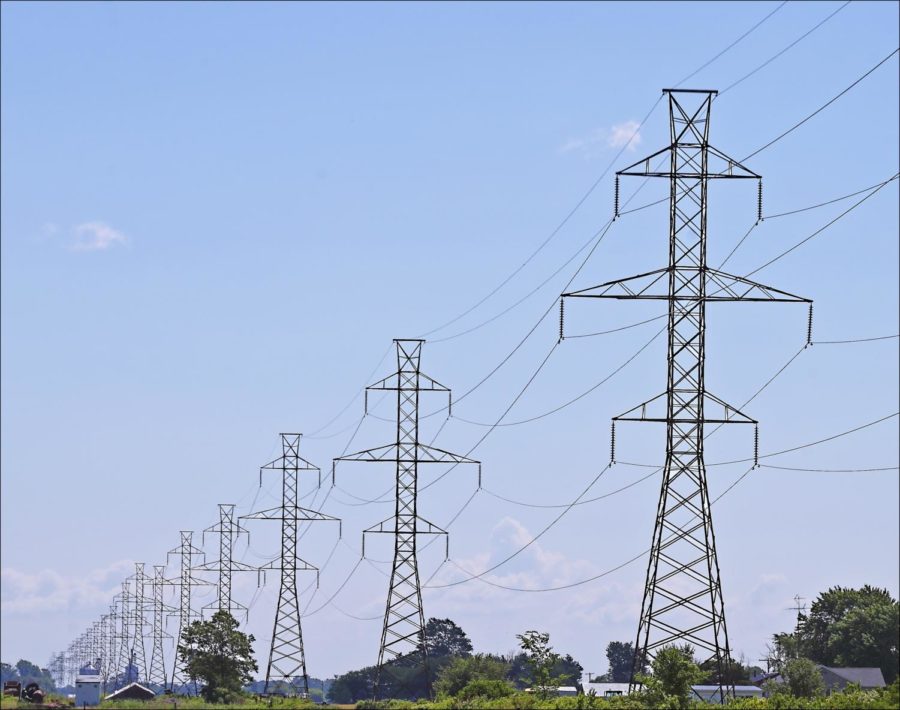Mauren: Not your grandpa’s infrastructure bill
April 6, 2021
Recently, President Joe Biden unveiled his rumored infrastructure plan with a price tag of $2 trillion over eight years. He plans to pay for the investments by putting a 15-year tax hike on corporations, an increase he says will more than cover the spending. The admittedly massive and comprehensive plan has already caused some to jump at the fact that just under 8 percent of the bill goes to what is traditionally thought of as infrastructure: roads, waterways and airports. But rather than shifting the focus to just pavement, we need to expand our concept of infrastructure and look at all of the important aspects of day-to-day life this bill will touch.
While the Biden proposal does include money for roads and bridges, $115 billion to be exact, it focuses more on what will be driving on that pavement — $174 billion dollars will be directed toward making electric vehicles more viable for the average American and replacing many diesel bus and transit systems with electric alternatives. The plan does this by creating a total of 600,000 vehicle-charging stations across the country, a dramatic increase from the current 100,000 stations, mostly installed in California.
These steps are crucial in controlling the amount of greenhouse gases the country emits and preparing the nation for the future. In 2018, personal cars and light trucks produced 17 percent of the country’s entire greenhouse gas emissions. Taking these carbon culprits out of the equation would be a substantial step toward becoming carbon neutral and slowing climate change.
Nearly all of the oil in America is turned into fuel for transportation. This valuable resource is unforgettably finite, however. BP estimates the world currently has about 50 years of oil available with some more to find. This number feels far off, but our problems will not begin the day the reserves run dry. If our transportation methods stay the same and supply starts to dwindle, our country will be hopelessly reliant on a resource it cannot find or afford to power itself. Shifting to electrically powered vehicles will push this date further down the road or may even eliminate it.
Also addressed but not often brought up in infrastructure talks is the power grid. The average age of the power grid, made up of generation, transmission and distribution, is 30 years, with some parts hitting 100 years old. We have seen across the country that our current system is failing. In 2019, California had to cut power to some areas to prevent fires; in Cedar Rapids, we had some go 10 days without electricity after a severe storm; and we just watched Texas’ proud grid nearly go dark for months because of some seasonal cold. To combat this aging system, the infrastructure proposal commits $100 billion to the sector.
Broadband internet is not typically thought of as infrastructure, but it has become such a staple of our economic, personal and political lives that lacking it removes one from many opportunities. A study by Microsoft estimates that 25 million people do not have access to broadband internet. This limits or denies them the ability to attend online class or run a modern business, among many other things.
Some of the bigger stretches of the term infrastructure comes with the investments in economy and manufacturing. Hundreds of billions of additional dollars are going into workforce training, research and development and small business support.
This may not sound like the normal infrastructure bills you have seen in the past, but it addresses key elements of the modern backbone of America. We would be doing a disservice to the country, and really ourselves, if we neglected these crucial areas.







